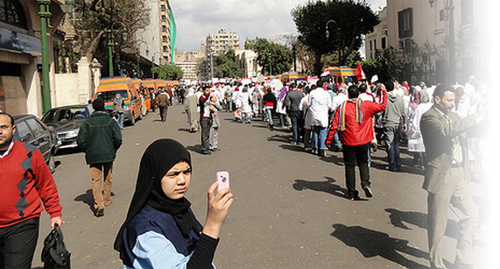“Digital companies are enabling politicians, political parties and voters to communicate in unprecedented ways, and expanding opportunities for seeking, receiving and imparting political information and ideas. Alongside positive developments, there also growing concerns about emerging and increasing threats to the integrity and credibility of elections, as well as the media’s contribution to free, fair, transparent and peaceful electoral processes. This report highlights three converging trends in media and elections in digital times: 1) the rise of disinformation, 2) intensifying attacks on journalists, and 3) disruptions linked to the use of information and communication technology in electoral arrangements. Offering possible responses to the challenges at hand, this study is a tool for governments, election practitioners, media organizations, journalists, civil society, the private sector, academia and individuals.” This issue brief on ‘Elections and Media in Digital Times’ is part of the UNESCO In Focus series ‘World Trends in Freedom of Expression and Media Development’.

